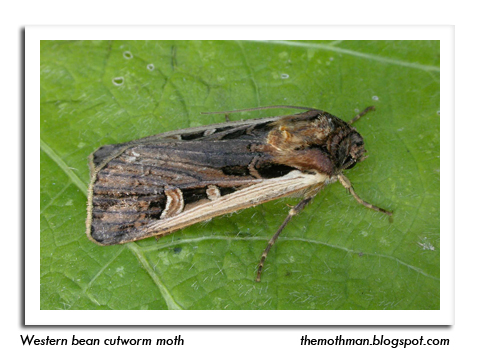
 |
|
|
Corn
Volume 62 Number 11 Date 07/13/2017 JAPANESE BEETLE - A heavy emergence is underway. Beetles are abundant in corn, soybeans, and fruit crops, and damage is expected. Moderate counts of 50 beetles per 100 plants were found in the edges of a few cornfields in Monroe County this week, and beetles were observed at about 35% of the sites surveyed. For corn, the primary concern is to protect the silks from clipping since heavy beetle feeding on corn silks can impair pollination. Treatment may be justified for fields with three or more beetles per ear and silks that have been clipped to ½ inch when pollination is occurring (less than 50% complete). Japanese beetles aggregate on plants in the edge rows, emphasizing the importance of obtaining a representative sample from several areas throughout the field before making control decisions. Border row spot treatments may be sufficient if the beetles and damage are confined to the field edges. Beetles must be on the outside of the ear to be killed by contact insecticides. WESTERN BEAN CUTWORM - Peak flight, or 50% adult emergence, should occur over the southern half of the state in the next two weeks. Oviposition on corn and dry beans has been underway since late June and is increasing as the moth flight escalates. In fields where egg masses and small larvae are found on 5% or more of the corn plants, an insecticide treatment applied at 90-95% tassel emergence will be most effective. This application timing increases the chance that the caterpillars will be exposed to the insecticide. Routine scouting should continue throughout the month. CORN ROOTWORM - Beetles of the northern and western species have been noted in Grant, Iowa, La Crosse, Richland and Sauk counties since the last report. Results of last summer's beetle survey suggest larval rootworm populations, and the threat of root damage to continuous corn, could be slightly elevated in the northern and western areas this season as compared to 2016. EUROPEAN CORN BORER - Larvae from the spring flight of moths are in the early development stages in eastern Wisconsin and in the late stages in the western portion of the state. Evidence of their feeding was observed in 26 of 81 (32%) of cornfields surveyed from July 1-12. Leaf feeding was apparent on 42-62% of plants in exceptional fields in Shawano and Winnebago counties, and on 32-51% of plants in a few sites in Crawford and Richland counties, although the other survey sites had infestation rates below 18%. Damage caused by first-generation larvae is becoming apparent and should be relatively easy to assess at this time. Pupation has started in the southern and western areas. Black light traps could register the earliest moths of the summer flight next week. CORN EARWORM - Pheromone and black light traps in Columbia, Dodge, Fond du Lac, Marathon and Wood counties registered very low counts of 1-4 migrants this week, and a total of only 11 moths. The economic threshold for this pest is 5-10 moths in three consecutive nights for corn and seven per trap per week for tomatoes. -- Krista Hamilton, DATCP Entomologist 





|
|
|